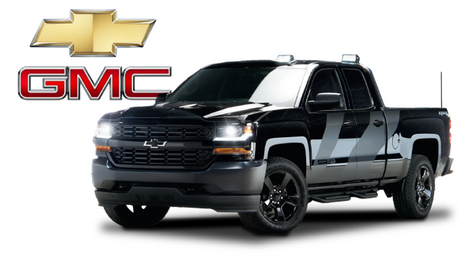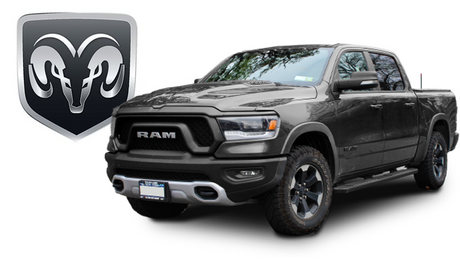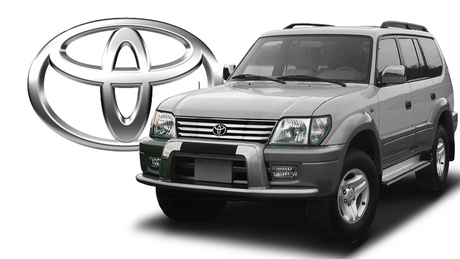This article covers the WHY and theory behind SWR and antenna tuning. If you want to know HOW to tune your CB antenna, please see our CB Antenna Tuning Instructions.
While we’ll dive into the technical details deeper in the article, here are the most important facts you need to understand about CB antenna tuning:
- “Antenna tuning” refers to the process of adjusting your antenna to the correct length for transmission.
- Tuning your antenna is mandatory if you want acceptable CB performance.
- Not tuning your antenna will result in poor transmission and reception performance, and can also result in permanent damage to your radio
- You’ll need an SWR meter in order to tune your antenna.
Antenna tuning is also known as adjusting the SWR, which stands for “Standing Wave Ratio.” What is SWR? It's the ratio of how much output power reaches its destination versus how much is reflected back. When the output power is impeded, the waves can be called “standing,” meaning they are not radiating the way they are supposed to. A low SWR means that your antenna is transmitting a satisfactory amount of RF (radio frequency) power instead of sending it back into your transmitter.
The basic idea behind tuning a CB antenna is to get the SWR to a suitably low reading. If the SWR is too high, not only is the performance of your CB seriously hindered, but you run a very high risk of damaging your radio. You need to make sure that there isn’t too much power being reflected back into the radio through the feedline from the antenna, which prevents the proper signal output. By law, a CB radio is only entitled to four watts of RF power, so small adjustments to the SWR can make a significant difference in radio performance. Suppose that your transmitter is driving all four watts of RF energy, but 3 of those watts are being reflected. This would mean that, in reality, you are only getting one measly watt of outgoing power from the antenna!
Again, if SWR is too high, there is low output from your antenna. Valuable RF power is sent back through the feedline and into the radio. This means that your outgoing signals will be weak and distorted. Even worse, all that power being sent back to your radio is in the form of heat and can permanently damage the output transistor, which is often not covered by warranty.
A CB radio antenna basically serves two functions:
- It receives radio frequency signals and relays them to the transmitter, where they are changed into electrical signals so they can be interpreted by the radio operator.
- It takes electrical signals from the transmitter and relays them as RF signals.
Tuning your antenna refines the second of these functions, because an antenna works best when its length is precisely matched to the wavelengths of the radio frequency on which it is transmitting. There is a simple formula for determining the perfect length of an antenna (984 MHz per individual frequency). Yet, because there are 40 channels on most CB radios, compromises have to be made. The average consumer antenna is only about a quarter of the length of an ideal antenna, and you must make sure that the length you’ve chosen is a good balance for you.
So what does tuning your antenna entail? The concept is simpler than the explanation of SWR. Once again, there is a specific electrical length (tuning) of your antenna that will work best to send a signal through a specific transmitted radio frequency by matching the frequency’s wavelength. Adjusting the SWR is just matching the electrical length of your antenna to the desired frequency. This ensures that the impedances of the feedline and the antenna match perfectly, so that all available power is being radiated.
To tune your antenna, you will need to use a SWR meter. This device is attached between your antenna and radio. It measures the amount of signal being reflected into your transmitter to help you measure the quality of your outgoing broad cast as well as any potential threat to your radio.
Antenna tuning is the single most important thing you can do to ensure peak CB performance. If you would like step-by-step instructions on how to tune your antenna, please refer to our CB Antenna Tuning Guide.






